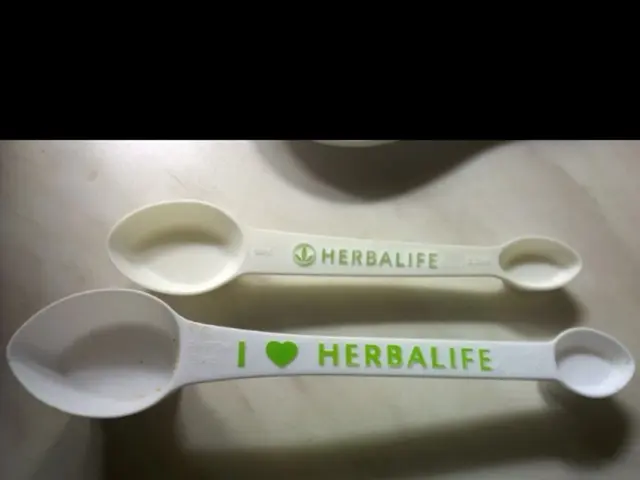Exploring the Two-Sided Coin of UV Radiation: Delving into Its Advantages and Drawbacks
The sun, a source of life and energy, also plays a crucial role in our health. Its ultraviolet (UV) radiation offers numerous benefits, such as stimulating vitamin D production and regulating our circadian rhythm, while also posing potential risks, particularly skin and eye damage.
One of the key health benefits of UV radiation is its role in stimulating vitamin D production in the skin. Moderate sun exposure, typically 5 to 15 minutes a few times a week, is recommended by health authorities such as the WHO to maintain adequate vitamin D levels. UV exposure also positively influences the circadian rhythm, helping regulate sleep patterns, hormone release, digestion, and body temperature.
However, excessive UV exposure can lead to skin damage. Short-term overexposure causes sunburn, while long-term excessive exposure leads to premature skin aging (wrinkles, leathery skin) and significantly increases the risk of skin cancers, including basal cell carcinoma, squamous cell carcinoma, and the deadliest melanoma. UV radiation can also cause potentially blinding eye diseases if proper eye protection is not used.
To enjoy the benefits of UV radiation while minimizing its risks, it's essential to adopt protective measures. Limiting sun exposure is key. Avoid direct sun between 10 a.m. and 4 p.m., when UV rays are strongest, and seek shade whenever possible.
Proper use of sunscreen is another crucial protective measure. Apply a broad-spectrum sunscreen with an SPF of at least 30, even on cloudy days, and reapply every two hours, and immediately after swimming or heavy sweating. Wearing protective clothing, such as long sleeves, hats with wide brims, and UV-blocking sunglasses, also provides additional protection.
Balancing sun exposure involves more than just limiting exposure. Aim for short, regular sun exposure as recommended, especially for vitamin D synthesis. Consider dietary vitamin D sources or supplements if sun exposure is limited or you are at high risk. Be aware of personal risk factors, such as lighter skin, a history of sunburns, or being on medications that increase UV sensitivity. Regular skin checks are also important to monitor for any changes and consult a healthcare professional for suspicious lesions.
By combining moderate sun exposure with diligent UV protection measures, one can enjoy the health benefits of UV radiation such as vitamin D production and mood improvement while minimizing the risks of skin damage and cancer.
- Mental health is another aspect significantly influenced by UV radiation, as it can boost mood and reduce symptoms of Seasonal Affective Disorder (SAD) when used with light therapy.
- Workplace wellness programs often include fitness and exercise, nutrition counseling, and skin care instruction to help employees maintain overall health and wellness.
- In cases where sun exposure is insufficient or impeded due to medical conditions, therapies and treatments like phototherapy might be recommended to supply necessary vitamin D.
- Skin care extends beyond sun protection, as it's essential to manage various skin conditions like acne, eczema, and psoriasis through proper hygiene, topical treatments, or consulting a dermatologist.
- Fitness and exercise routines play an integral role in maintaining our physical and mental health, reducing the risk of chronic illnesses and improving overall quality of life.
- As part of a comprehensive health-and-wellness approach, attentiveness to nutrition is vital, focusing on a balanced diet rich in vitamins and nutrients to support a strong immune system and overall well-being.






